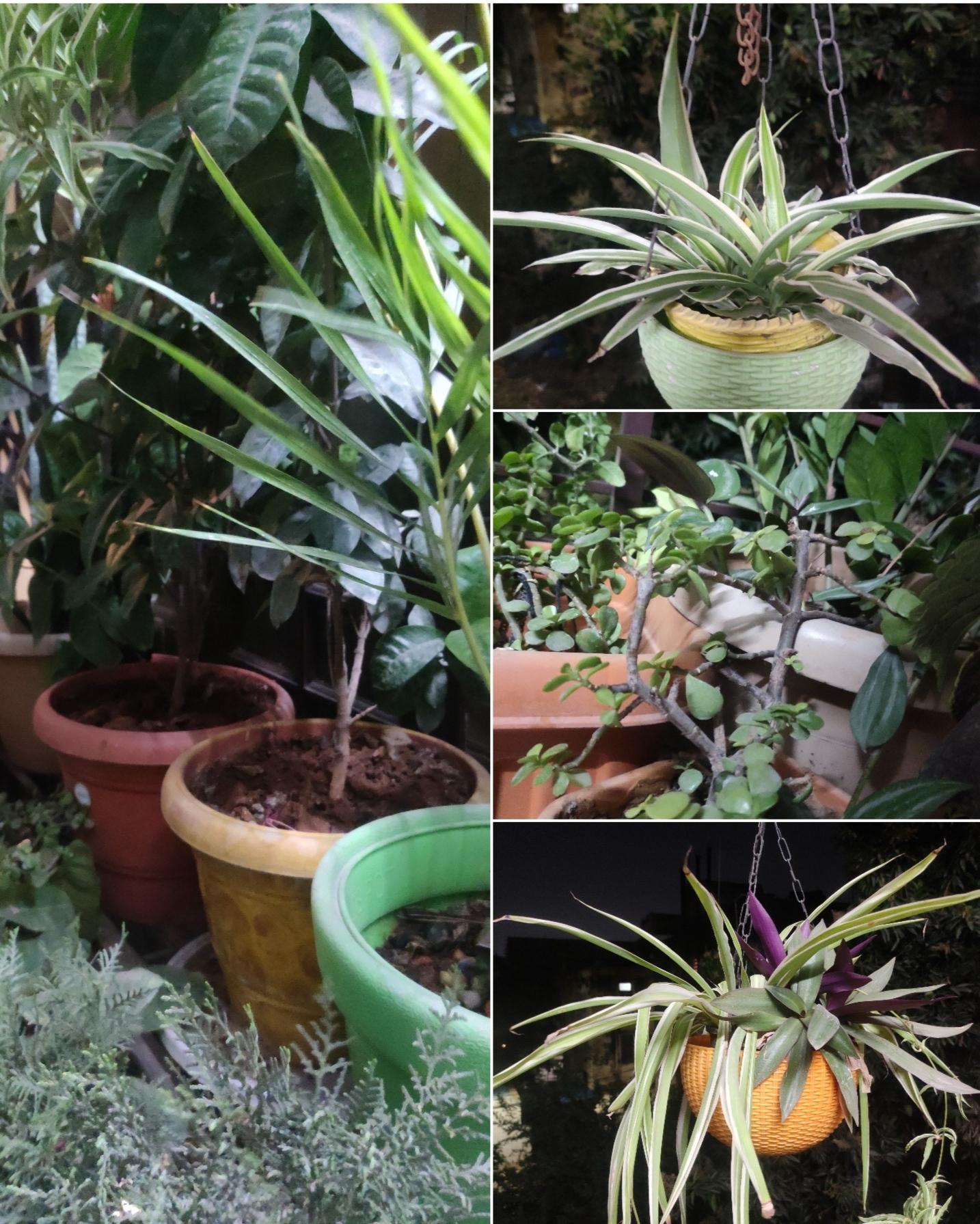**The Role of Trees in Combating Climate Change**
**Introduction**
Trees are often called the "lungs of the Earth" because they absorb carbon dioxide (CO₂) and release oxygen. In the fight against climate change, trees play a crucial role in regulating temperatures, reducing pollution, and supporting biodiversity. However, deforestation and human activities are threatening this natural balance. This article explores how trees help mitigate climate change and why protecting and restoring forests is essential for a sustainable future.
**How Trees Help Fight Climate Change**
**1. Carbon Sequestration**
One of the most important functions of trees is their ability to absorb CO₂ from the atmosphere through photosynthesis. A mature tree can absorb up to 48 pounds of CO₂ per year. Forests act as carbon sinks, storing large amounts of carbon in their trunks, roots, and soil. The Amazon Rainforest alone absorbs billions of tons of CO₂ annually, helping to slow global warming.
**2. Cooling the Planet**
Trees provide natural cooling by offering shade and releasing moisture into the air through transpiration. This process reduces surface temperatures, which is especially crucial in urban areas where concrete and asphalt trap heat. Studies show that tree-lined streets can be up to 10°F cooler than treeless areas, reducing the need for air conditioning and lowering energy consumption.
**3. Preventing Soil Erosion and Flooding**
Deforestation leads to soil degradation, increasing the risk of landslides and floods. Tree roots bind the soil, preventing erosion and helping to absorb excess rainfall. Forests act as natural water reservoirs, ensuring a steady supply of freshwater by filtering rainwater and replenishing underground aquifers.
**4. Enhancing Biodiversity**
Forests are home to about 80% of the world's terrestrial species. Trees provide habitat and food for countless animals, insects, and microorganisms. Biodiversity is essential for ecosystem stability, and the loss of forests threatens many species, including pollinators that are crucial for food production.
**The Threat of Deforestation**
Despite their benefits, trees are being cut down at an alarming rate. The World Resources Institute estimates that the planet loses about 10 million hectares of forest every year due to logging, agriculture, and urban expansion. This deforestation contributes to nearly 15% of global greenhouse gas emissions, accelerating climate change.
**Solutions and Conservation Efforts**
**1. Reforestation and Afforestation**
Planting new trees (afforestation) and restoring damaged forests (reforestation) are vital strategies to combat climate change. Initiatives like the Great Green Wall in Africa and the Trillion Trees Campaign aim to restore ecosystems and absorb carbon emissions.
**2. Sustainable Agriculture and Logging**
Encouraging sustainable farming practices, such as agroforestry (integrating trees with crops), can reduce deforestation while maintaining food production. Additionally, promoting responsible logging practices, such as selective cutting and replanting, helps maintain forest health.
**3. Urban Green Spaces**
Cities can reduce their carbon footprint by planting more trees in parks, along streets, and on rooftops. Urban forests improve air quality, reduce heat, and enhance residents' well-being.
**4. Policy and Community Action**
Governments play a crucial role in protecting forests by enforcing conservation laws, promoting sustainable land use, and investing in green energy. Individuals can also contribute by supporting eco-friendly products, reducing paper and wood consumption, and participating in tree-planting initiatives.
Conclusion
Trees are one of the most effective natural solutions to climate change. Protecting and restoring forests can help reduce global warming, support biodiversity, and improve the quality of life for future generations. Governments, businesses, and individuals must work together to ensure that forests continue to thrive as the Earth's natural defense system.

